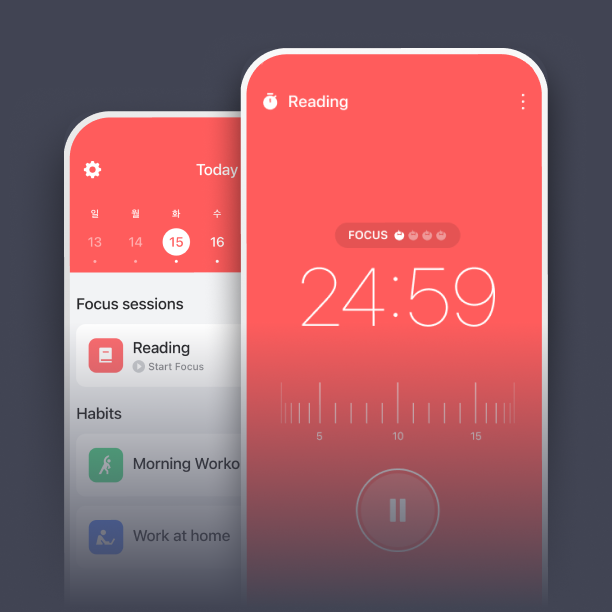What is context switching challenges?

What is context switching challenges?
In today’s fast-paced world, juggling multiple tasks has become the norm. Yet, this constant toggling can create significant hurdles in productivity known as context switching challenges. Understanding what context switching is and how it impacts our efficiency can help us navigate these challenges more effectively.
Understanding Context Switching
Context switching occurs when a person shifts between different tasks or projects. This phenomenon is common in both work and study environments, where distractions and competing priorities can pull attention in various directions.
What Is Context Switching?
At its core, context switching refers to the process of changing from one task to another. While it may seem harmless, this frequent transition can lead to decreased focus and diminished performance. For instance, imagine you’re deep into writing a report when a sudden email notification pulls you away. What follows is a scramble to remember where you left off, which can break your flow and waste precious time.
How Context Switching Impacts Productivity
Research shows that context switching can have dire consequences for productivity. A study from Asana reveals that employees lose nearly half of their productive time to task-switching. Every time you switch tasks, you not only lose momentum but also incur a cognitive cost. You might be physically present, but mentally, you’re often still tethered to your previous task.
Cognitive Costs of Context Switching
Switching contexts doesn’t just waste time; it also causes mental fatigue. The brain has to work harder to shift gears, making it more difficult to focus on the new task.
Mental Load and Distraction
Every time you switch tasks, your mental load increases. This additional strain can lead to distractions, making it challenging to concentrate on any one task. The brain’s capacity for attention is limited, and constantly dividing it can lead to stress and burnout. It’s like trying to fill several cups with water from a single jug—you’ll end up spilling some along the way.
Time Loss Due to Context Switching
The time lost in switching contexts can be staggering. According to Harvard Business Review, toggling between applications can consume up to 40% of an average workday. When you factor in the time it takes to regain focus, the impact becomes even more pronounced.
Strategies to Minimize Context Switching Challenges
To combat the detrimental effects of context switching, implementing effective strategies is crucial. Here are some actionable tips to help you reduce these challenges in your daily tasks.
Time Blocking Techniques
One effective method is time blocking. By scheduling specific blocks of time for uninterrupted work on a single task, you can minimize distractions. For instance, set aside two hours each morning to focus solely on project work, free from emails or chat notifications. This dedicated time can enhance your focus and increase productivity.
Setting Clear Priorities
Prioritizing tasks is another vital strategy. By identifying the most important tasks for the day, you can allocate your energy where it matters most. This approach not only streamlines your workflow but also reduces the urge to switch tasks unnecessarily. Focus on completing one task before moving on to the next.
Utilizing Tools and Technology
Leveraging technology can also help reduce context switching. There are numerous tools available that can help you manage tasks and deadlines more effectively. For instance, applications like Trello or Asana can help you organize tasks visually, allowing you to stay focused on one project at a time without jumping around.

Photo by Mikhail Nilov
Real-Life Examples of Context Switching Challenges
To better understand the impact of context switching, let’s explore some real-life examples.
In the Workplace
In a typical office environment, constant interruptions can wreak havoc on productivity. Meetings, phone calls, and instant messages can lead to frequent context switching, making it difficult for employees to complete tasks efficiently. According to TechSmith, these interruptions not only decrease productivity but also lead to greater stress levels among employees.
In Academic Settings
Students are not immune to the challenges of context switching. With the demands of classes, homework, and extracurricular activities, many find themselves constantly switching between tasks. This can lead to fragmented learning experiences, making it harder to absorb information. A well-structured study schedule can help minimize these challenges, allowing students to focus on one subject at a time.
Conclusion
In conclusion, context switching challenges are a significant barrier to productivity in both work and academic environments. By understanding the implications of frequent task-switching and implementing strategies such as time blocking, prioritizing tasks, and utilizing technology, you can better manage your time and improve your efficiency. By tackling context switching head-on, you can reclaim valuable time and focus on what truly matters.
